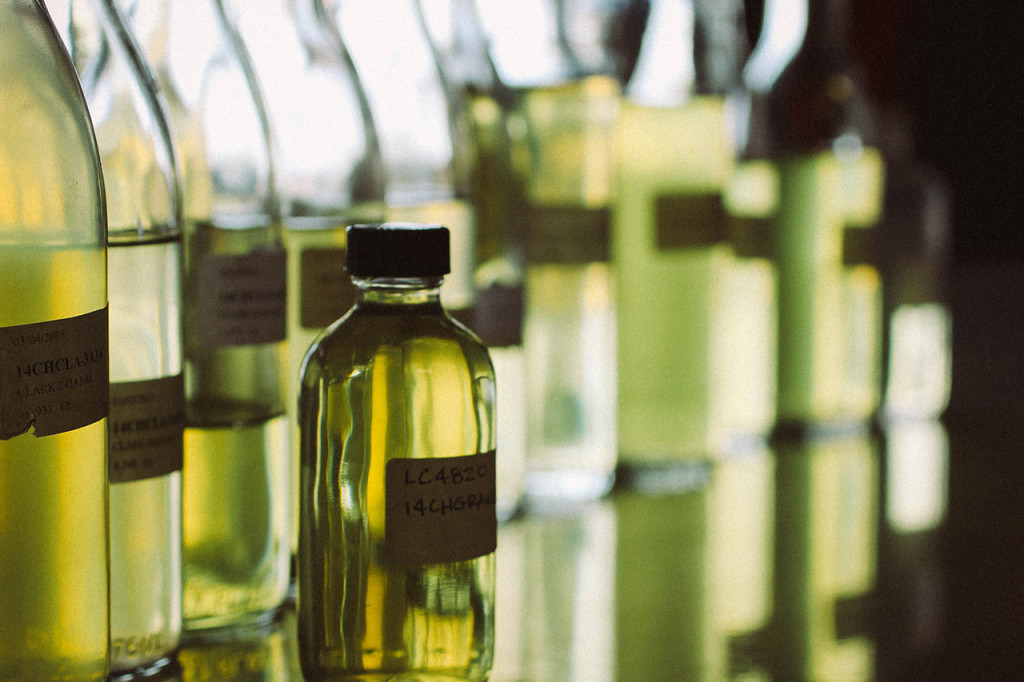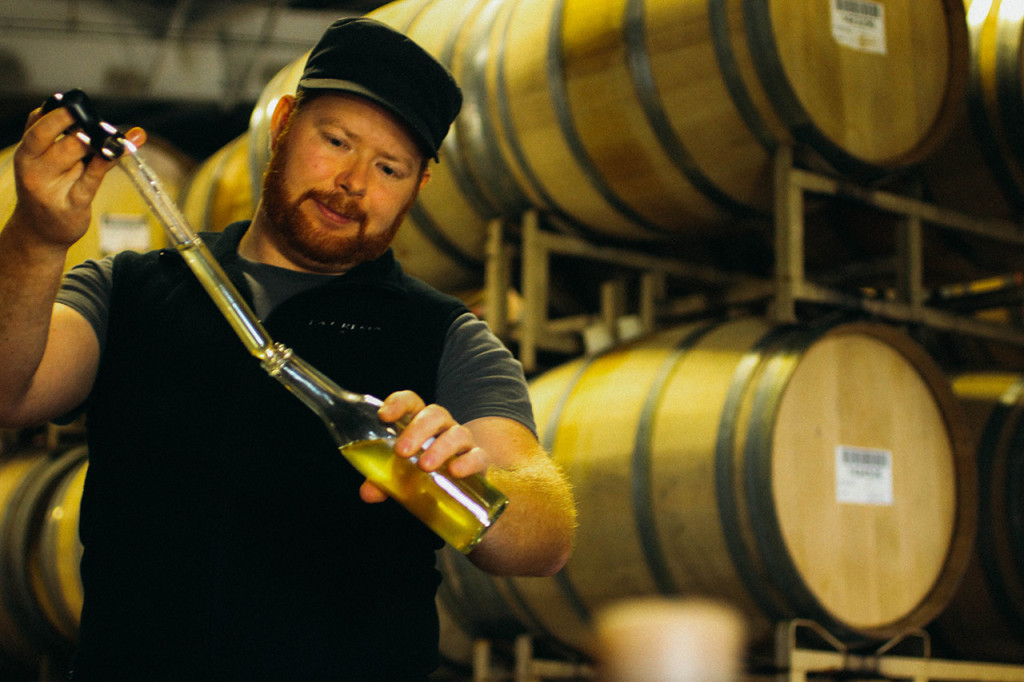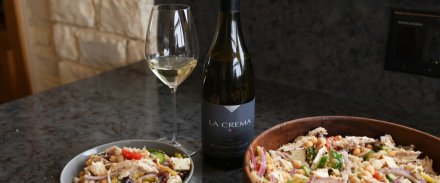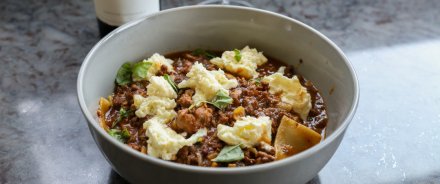What is Wine Blending and Why is it Important?
For the average wine drinker, one of the least known aspects of winemaking is blending. This vital step in the winemaking process is a team effort and assures the final product will be consistent, balanced, and layered with aromatic, taste, and textural complexities.
What is Wine Blending?
Wine blending is the process of combining different “lots” or batches of wine, each with its own unique characteristics, to create a final wine with a harmonious balance of flavors, aromas, and textures.
As our head winemaker explains, La Crema keeps each lot of grapes completely separate when they come into the winery, all the way from the fields through fermentation. This allows the team to preserve the unique qualities of each vineyard or batch, giving them a wide range of flavors and characteristics to work with when blending.
Lots can be quite different, each displaying unique characteristics, flavors, aromas or textures. When it comes time to create a blend, the winemakers have a large array of options to choose from.
Why is Wine Blending Important?
Wine blending is important because it ensures that the final wine is balanced, consistent, and reflects the desired flavor profile. By combining different lots, winemakers can enhance the wine’s complexity, smooth out any harsh elements, and create a product that’s enjoyable and reliable from bottle to bottle.
The goal, as La Crema’s head winemaker notes, is to achieve consistency, so that, say, a bottle of La Crema Pinot Noir will taste the way people expect it to. “We know our target style and what people are looking for in the wine, so it’s up to us to put all the pieces together.”
How Do You Blend Wine?
How we blend wines at La Crema involves the closest collaboration between the winemaking team. Here’s how it works:
Over the course of several weeks if not months, each individual winemaker goes into a brightly-lit room at La Crema, where, on a large white table, sit samples of dozens of individual lots of the wine, each marked by a code.

An assortment of Chardonnay samples from different lots.
After carefully tasting and note-tasking, the winemakers then assemble what they feel is “the ideal” blend. This is done slowly, often drop by drop, using glass tubes calibrated to the milliliter.
Blind Tasting
After each of the winemakers has put together his or her sample blend, the four gather together, to taste each other’s blends under the strictest blind conditions.
Why blind? “You’ll always think your blend is the best,” the La Crema winemaker says, “so when we taste, it’s important not to know which one is yours!” Blind tasting can be eye-opening. “You’re not always going to like your wine the best, so it’s important to leave your ego behind. But with the winemakers, we have a very safe environment.”

Assistant Winemaker, Matt Flick perfects his Chardonnay blend for blind tasting.
Ever so gradually, a meeting of the minds is reached. “We’ll do round after round, talking things out, what we like about the wine and what we feel is missing. Eventually we start moving in the same direction. We always know we’re heading towards a better wine.”
Timing is critical
You don’t want to be blending wines too soon after harvest, because they can still be undergoing malolactic fermentation, or in some other way be unready to taste.
Chardonnay is usually ready to begin blending in March or April. Pinot might take a month or two longer. And an early vintage, like 2014, will be ready to taste sooner than a late harvest, like 2011.
Once everybody agrees on the final blend, the task shifts back to the cellar. Each of those wines in barrel have to be blended together in precisely the same percentages as the winemakers blended them in their little glass tubes.
Some winemakers prefer to do blending alone, but at La Crema we feels a team is better. “The key to maintaining a wine’s style is to make sure we’re not developing a cellar palate that can lead in odd directions,” she avers. “And the only way to do that is to taste with other people.”
FAQs
What types of wines are typically blended?
Blending is common for many types of wines, especially red blends like Bordeaux or Rhône-style blends, as well as white wines like Chardonnay and Sauvignon Blanc. Even sparkling wines such as Champagne often involve blending multiple grape varieties or vintages. These blends allow winemakers to combine complementary characteristics—like fruitiness, acidity, and tannin structure—to create a more complex and harmonious wine.
How do winemakers decide which wines to blend together?
Winemakers carefully taste each lot of wine and consider factors like acidity, tannin structure, flavor intensity, and aroma. They then select wines that either complement or contrast each other to achieve the desired balance. For example, a wine with high acidity may be blended with one that has more body or fruit to round out the overall flavor profile.
What is the difference between a blended wine and a single-varietal wine?
Single-varietal wines are made from only one grape variety, showcasing the pure characteristics of that grape. In contrast, blended wines combine multiple grape varieties or lots to achieve a more complex and harmonious wine. While single-varietal wines focus on the distinct qualities of one grape, blends offer greater depth, balance, and complexity.
How does blending improve the wine’s flavor profile?
Blending helps winemakers smooth out imperfections and create a more balanced wine. By combining lots with complementary characteristics, they can enhance the wine’s complexity, refine its acidity, soften tannins, and layer aromas. For example, a bold, tannic wine may be blended with a fruit-forward wine to achieve a smoother finish, while maintaining depth and richness.
How long can blended wines age compared to single-varietal wines?
Blended wines often have better aging potential because the different components work together to create a more balanced and stable wine. The complexity of a blend can allow it to evolve gracefully over time, while single-varietal wines may reach their peak sooner or require more precise conditions to age well. The aging potential also depends on the structure and quality of the individual lots used in the blend.





Comments